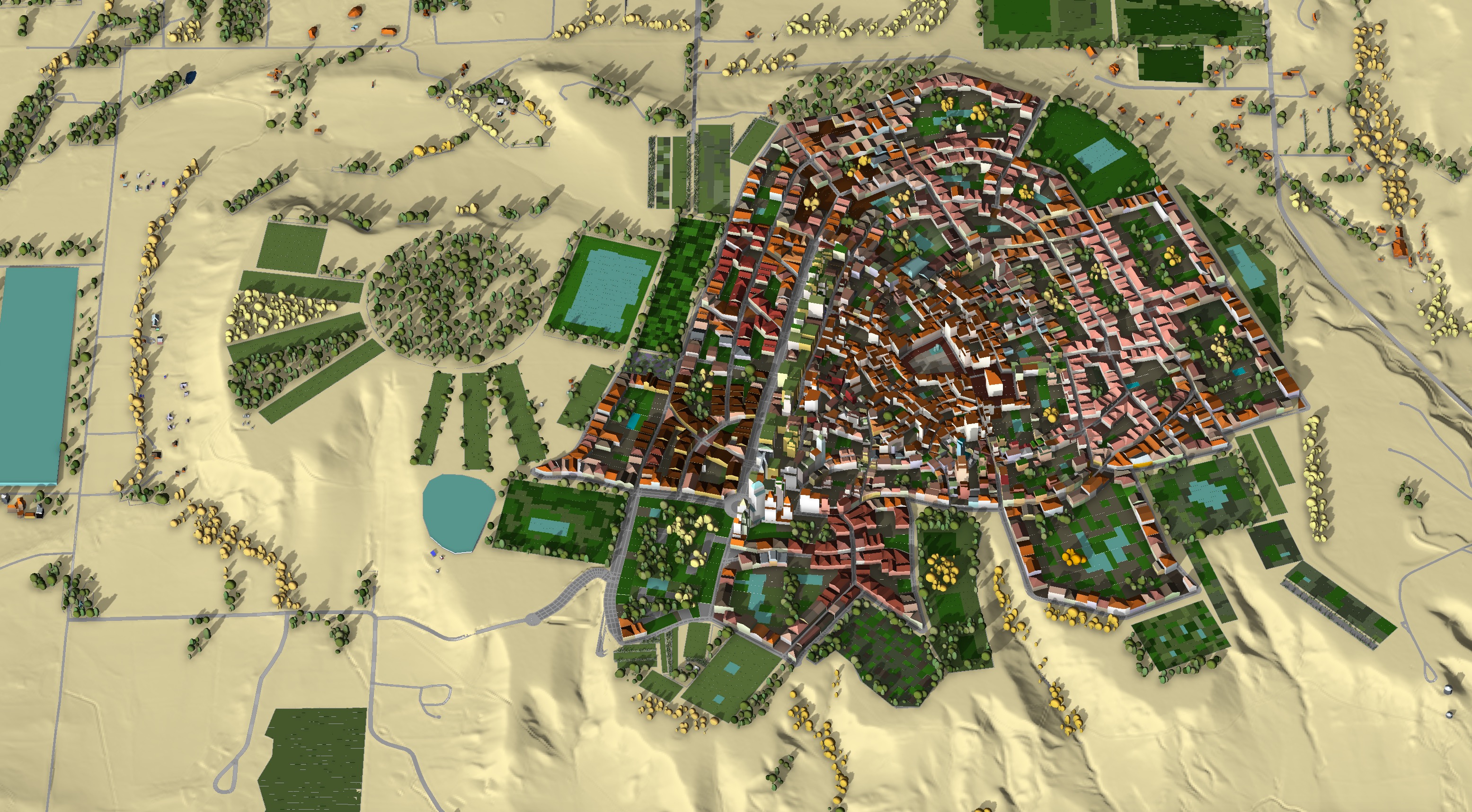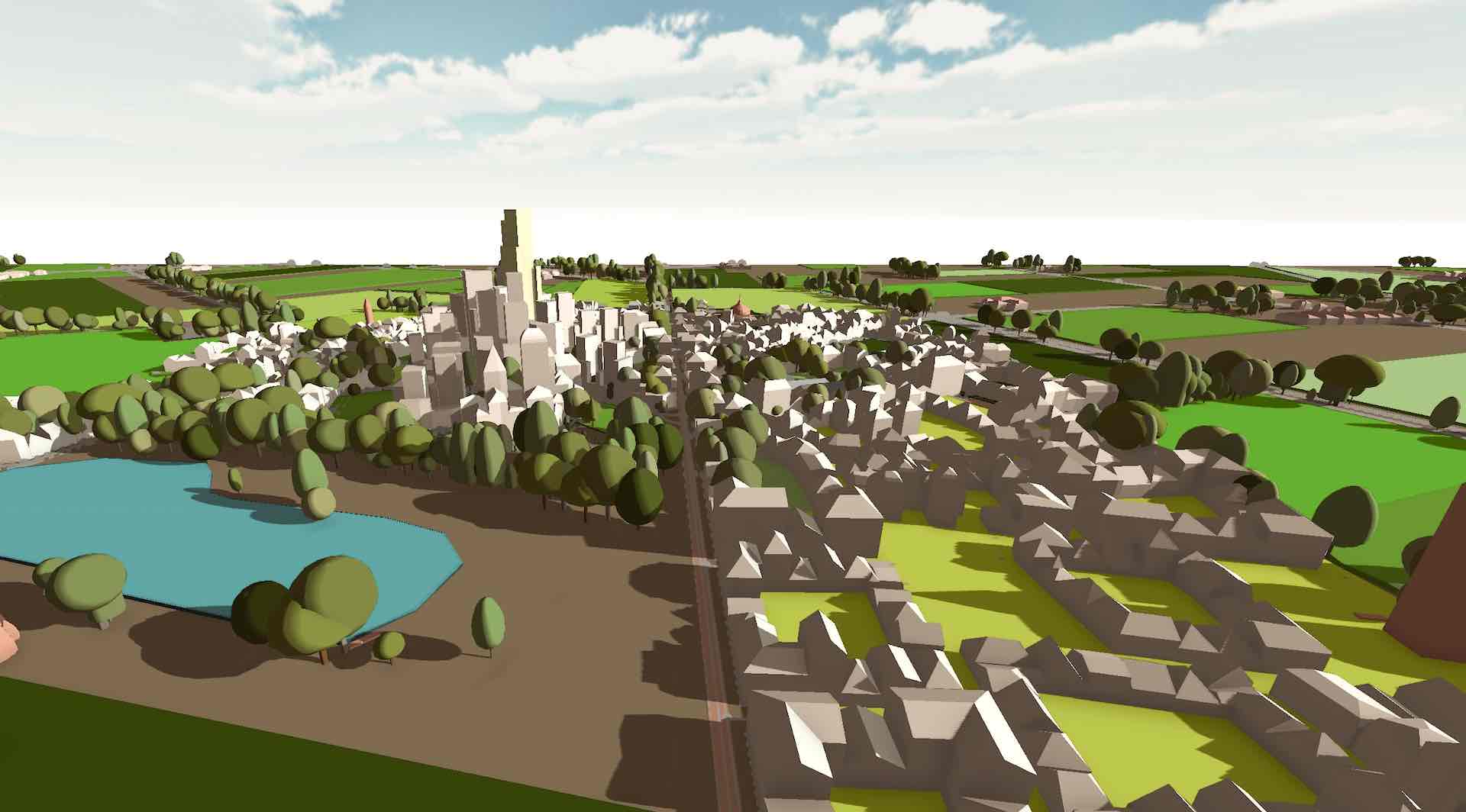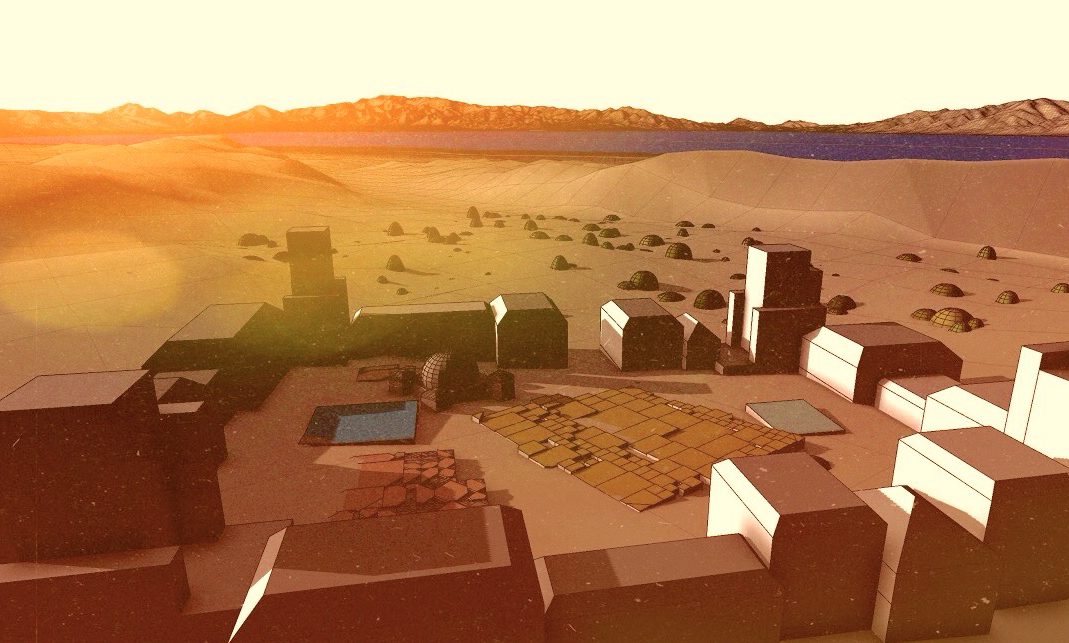A recent Forbes article about our hypothetical Cyclocroft Property Experiment has generated some great conversations, along with some excellent questions, which we’d like to answer here:

Do you really mean that cars would be banned?
‘Car-free’ refers to the day-to-day lifestyle in Cyclocroft and how the close proximity allows people to walk or cycle for everything they need. And when people want to head out of town to Denver, for example, carshare or high-frequency, affordable transit will be available. But cycling and walking will serve for most of local daily life, like in the Netherlands.
‘Car-lite’ is maybe a more accurate term. Cars will be limited to a few streets around the periphery of the town. But even then, they will be strictly limited to 10-15mph–as slow as a bike or slower. We’ll enforce this slow speed by curving the streets, not using a center line, using brick and cobble street surfaces, and using curbs, bump-outs, and other large street features that limit motor vehicle speed.
In the narrow streets in the center of town, pedestrians and cyclists will be the exclusive users and have access at all times. Motor vehicle access into town will be restricted by retractable bollards.
Those who still want to maintain their own private vehicles will be able to lease space in large underground garages that can be entered at the edge of the town.
For visitors who come to Cyclocroft by car, they’ll happily pay to park in the underground garages at the edge in exchange for the pleasure of being able to explore such a calming and lovely place where street sounds are made up of the laughter of children and the music of buskers, instead of car horns, engine noise, and tire hum.


